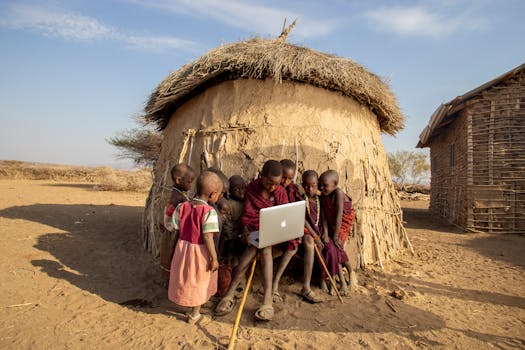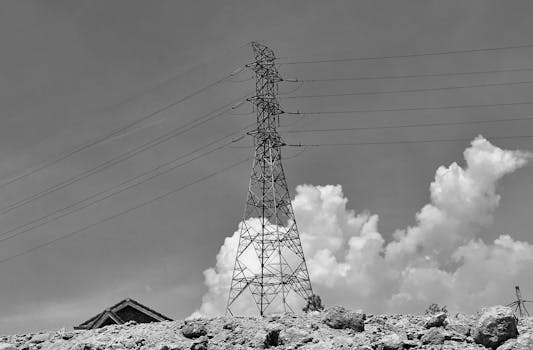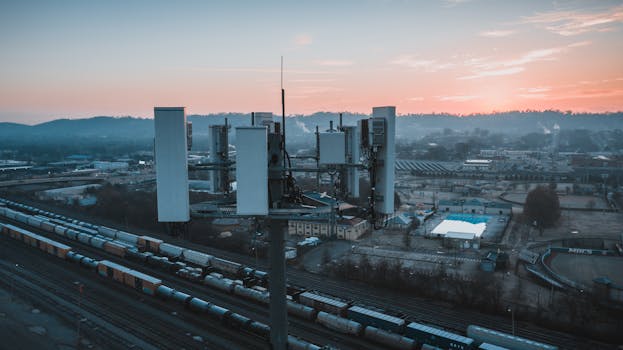Urban Green Spaces: The Future of Outdoor Living in European Cities by 2025
Urban Green Spaces are becoming increasingly important in European cities, and for good reason. As the world becomes more urbanized, the need for green spaces has never been more pressing. In this article, we will explore the future of outdoor living in European cities and how urban green spaces are transforming the way we live, work, and interact with our surroundings.
Introduction to Urban Green Spaces
Urban green spaces refer to any area of vegetation, water, or other natural elements within an urban environment. This can include parks, gardens, green roofs, and even urban forests. These spaces provide a range of benefits, from improving air quality and mitigating the urban heat island effect to supporting biodiversity and promoting mental health and well-being.
The Importance of Urban Green Spaces in European Cities
European cities are at the forefront of urban green space development, with many cities incorporating green spaces into their urban planning strategies. For example, the city of Copenhagen has set a goal of becoming carbon neutral by 2025, with a key component of this plan being the creation of more green spaces. Similarly, the city of Barcelona has implemented a range of initiatives to increase the amount of green space in the city, including the creation of green roofs and walls.
The Future of Outdoor Living in European Cities
So, what does the future of outdoor living in European cities look like? By 2025, we can expect to see even more innovative and sustainable urban green spaces being developed. For example, the use of green roofs and walls is likely to become even more widespread, with buildings being designed to incorporate more vegetation and natural elements. We can also expect to see more urban forests and parks being created, providing habitats for wildlife and spaces for recreation and relaxation.
Conclusion
In conclusion, urban green spaces are the future of outdoor living in European cities. By incorporating more green spaces into our urban environments, we can create healthier, more sustainable, and more livable cities. As we look to the future, it is clear that urban green spaces will play an increasingly important role in shaping the way we live, work, and interact with our surroundings.






